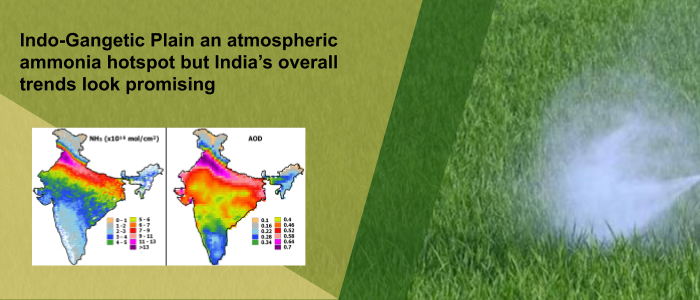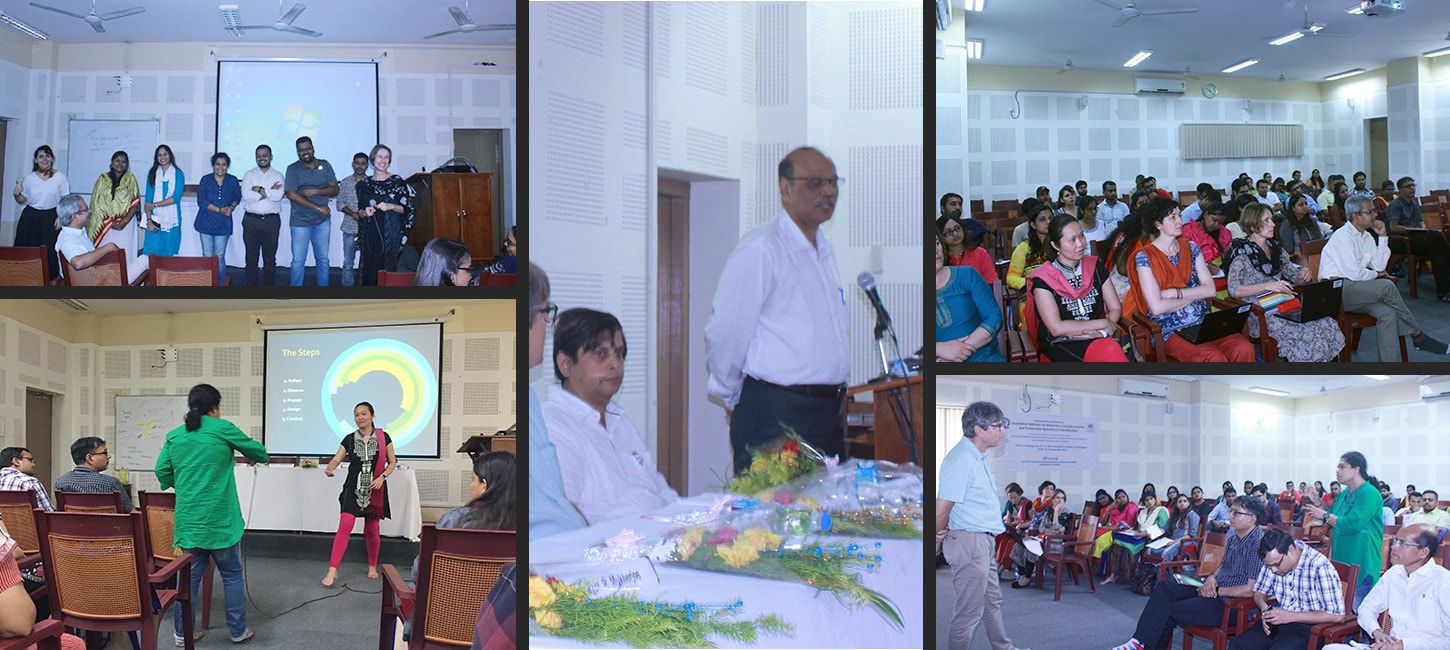
Ammonia Hotspot Trends in India – First-time observations from India
Indo-Gangetic Plain an atmospheric ammonia hotspot but India’s overall trends look promising Agro fertilizers containing high levels of ammonia have long been designated as a hazardous material for human health. For the first time in India, the seasonal and inter-annual variability of atmospheric ammonia emitted by the agricultural sector has been analyzed by researchers from IIT Kharagpur in collaboration with IITM Pune and European researchers. And the results are in agreement with the long-held apprehension of global environmentalists - the Indo-Gangetic Plain (IGP) is indeed the global hot-spot of atmospheric ammonia (NH3) due to intense agricultural activities and fertilizer production…


